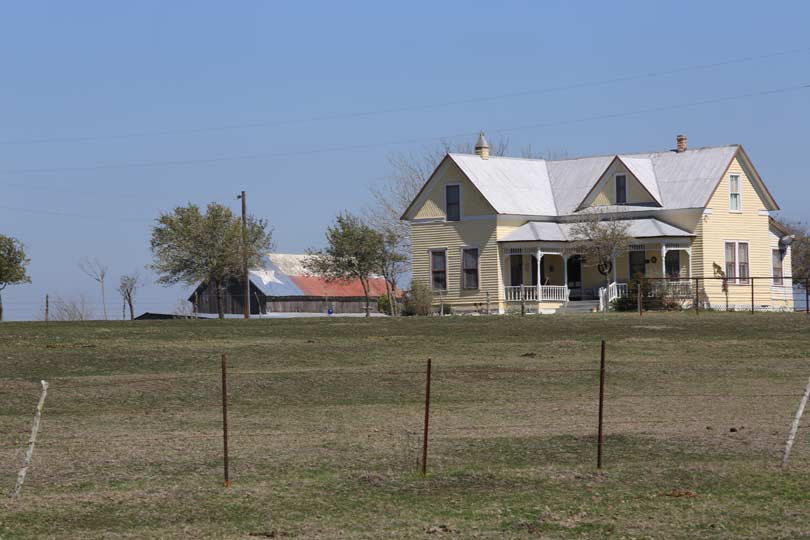A recently released White House broadband access report echoes the American Farm Bureau Federation’s call for use of more robust, detailed data when creating broadband maps.
Lack of access to broadband is a major problem in rural America, with 30 percent of rural Americans disconnected and only 2 percent of urban Americans are without broadband access.
This is a significant issue for farmers and ranchers, who must have access to fixed and mobile broadband to be more efficient, economical and environmentally responsible, AFBF has told the U.S. Department of Agriculture (USDA) and other governmental entities.
In publishing the “American Broadband Initiative Milestones Report” earlier this month, the White House was fulfilling a 2018 Farm Bill obligation that required the administration to create a 20-agency working group tasked with publishing a comprehensive report on actions federal agencies can take to support broadband deployment and adoption.
The report includes a recommendation for improved broadband availability data and supports a congressional directive to the National Telecommunications and Information Administration to augment the national broadband map with additional information and broadband availability gathered by states and third parties.
Similarly, in comments on USDA’s e-Connectivity Pilot Program last year, AFBF recommended the agency’s Rural Utility Service (RUS) go beyond the national broadband map because it doesn’t accurately reflect the served, underserved and unserved areas across the country. Instead, the organization suggested, RUS should use an approach that increases the map’s granularity and accuracy and uses a verification process that includes consumers.
The main problem with the national broadband map is that it relies on census block data to determine areas of broadband coverage.
Census blocks are too large in rural and remote areas to accurately determine which areas are actually in need. If even one household in a given census block is reported by a provider as being served, then the entire block is considered served.
With census blocks larger than 2 square miles comprising more than 64 percent of the U.S. land area, every rural area is impacted by this problem in some way. With limited funding available to fill an estimated $45 billion-$65 billion broadband void, it is critical for federal programs to use accurate broadband maps to target and distribute their funding.
The report also focuses on streamlining the federal permitting process to speed broadband deployment, leveraging federal assets to lower the cost of broadband buildouts and maximizing the impact of federal funding.
Click to read the American Broadband Initiative Milestones Report.

